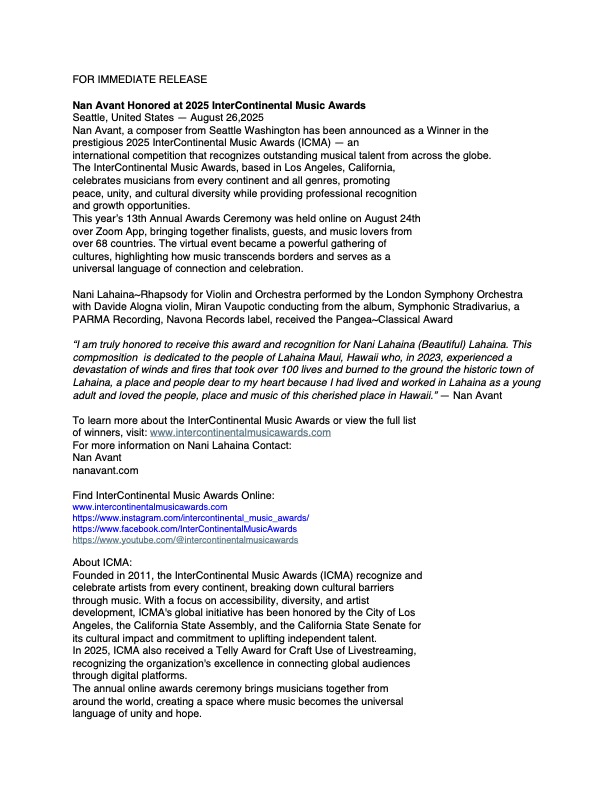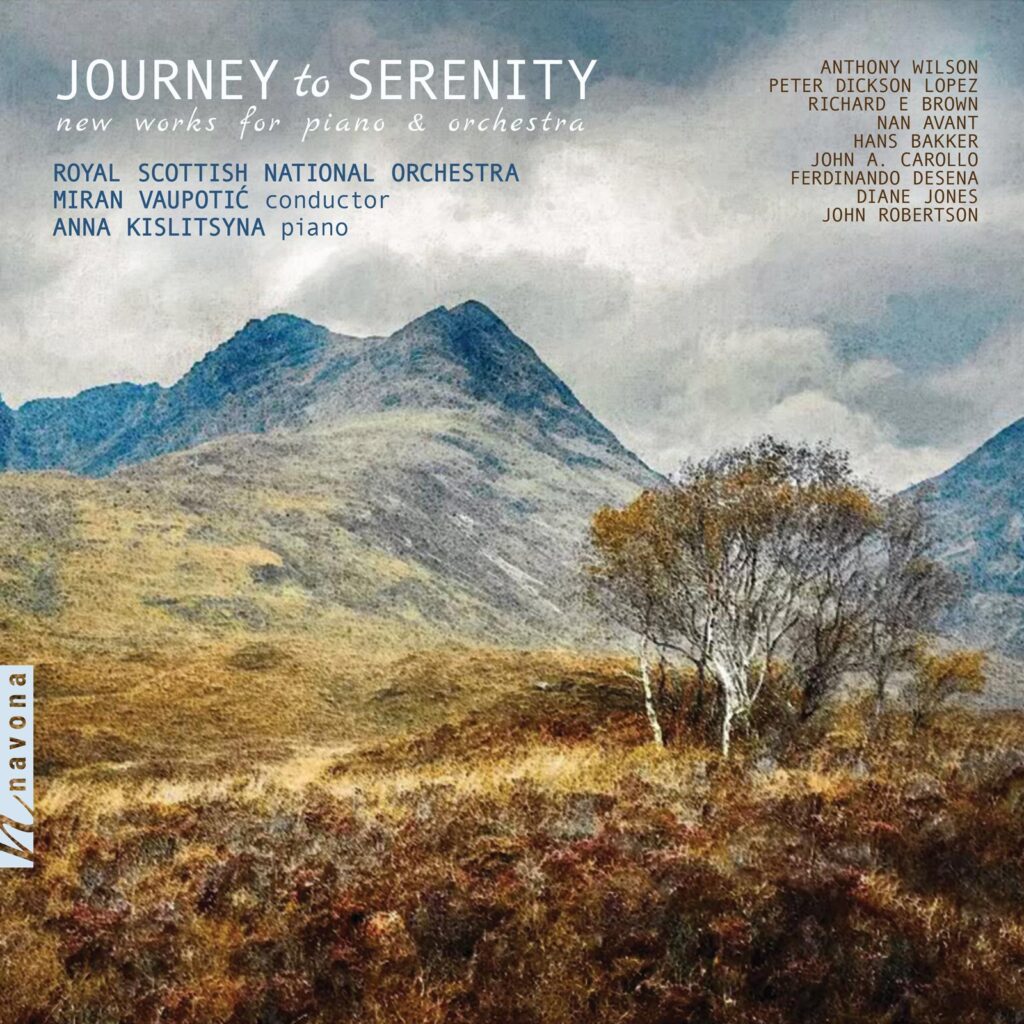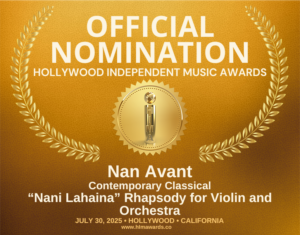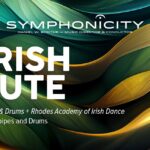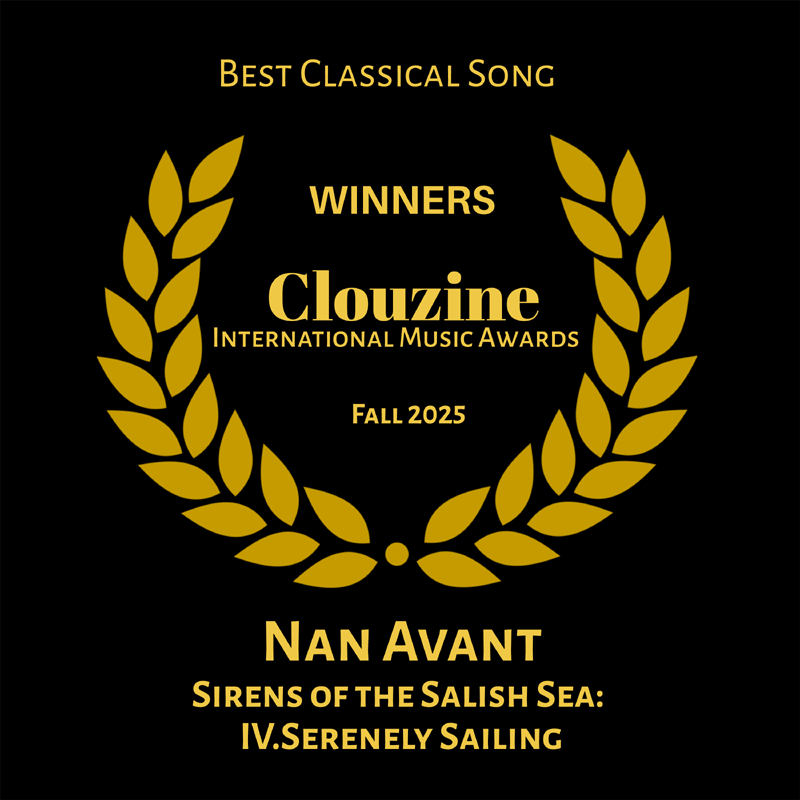 With a grateful heart I share with you that Sirens of the Salish Sea IV. Serenely Sailing won ” Best Classical Song” Award in the Clouzine International Music Awards, Fall 2025!
With a grateful heart I share with you that Sirens of the Salish Sea IV. Serenely Sailing won ” Best Classical Song” Award in the Clouzine International Music Awards, Fall 2025! 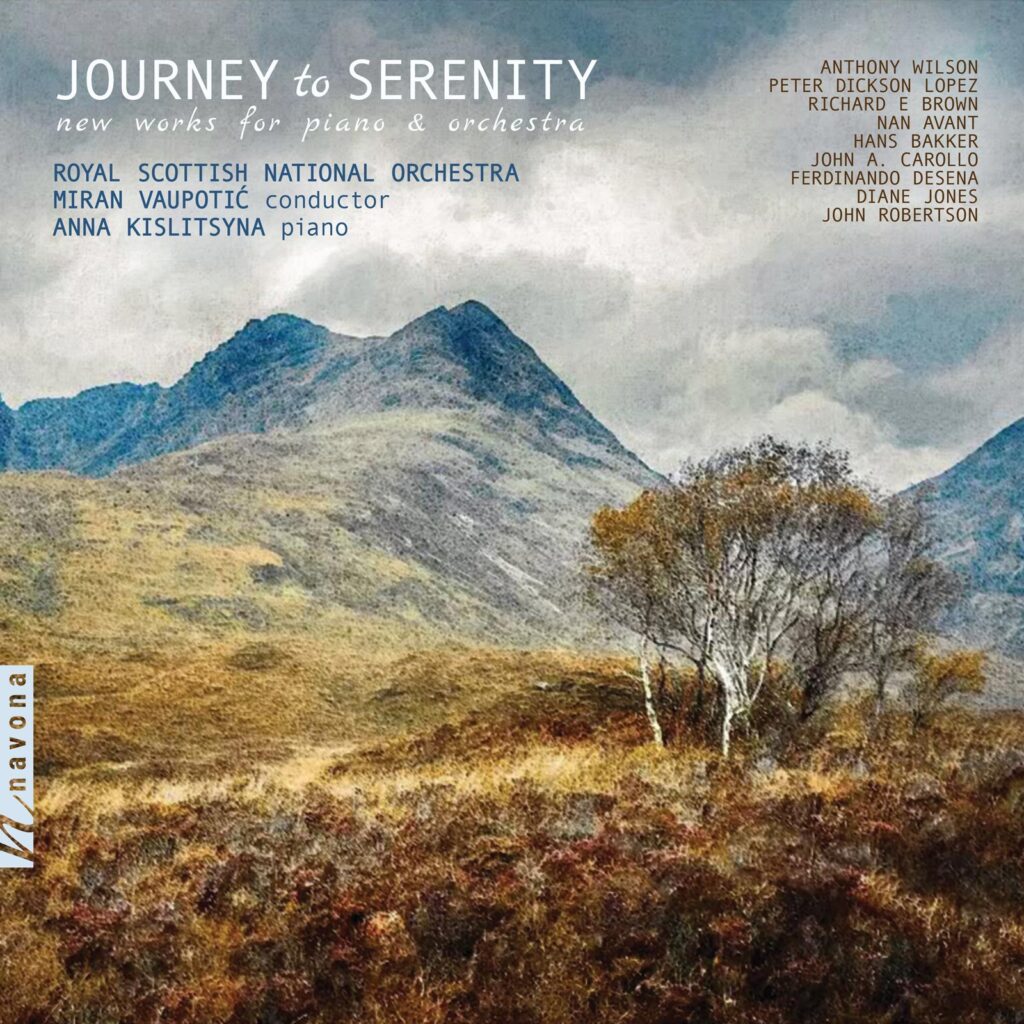 Serenely Sailing is the 4th movement of the Orchestral Suite, Sirens of the Salish Sea and it appears on the album, Journey to Serenity, track #4. This work was recorded with the Royal Scottish National Orchestra in Glasgow and with the brilliant pianist, Anna Kislitsyna and Miran Vaupotic conducting. Thank you Clouzine for this honor!
Serenely Sailing is the 4th movement of the Orchestral Suite, Sirens of the Salish Sea and it appears on the album, Journey to Serenity, track #4. This work was recorded with the Royal Scottish National Orchestra in Glasgow and with the brilliant pianist, Anna Kislitsyna and Miran Vaupotic conducting. Thank you Clouzine for this honor!
InterContinental Music Award 2025! Truly Honored!!
Journey to Serenity~New Release 8/8/25~Pre-Save Link
“JOURNEY TO SERENITY presents powerful new works for piano and orchestra, performed by Anna Kislitsyna and the Royal Scottish National Orchestra. Each piece explores a deeply personal path — through grief, memory, reflection, and artistic struggle — toward peace and inner clarity. From quiet meditations on loss to bold expressions of the self, the music blends tradition with modern voices, inviting listeners to traverse emotional and spiritual landscapes. With evocative themes, vivid orchestration, and intimate solo writing, this Navona Records release captures the essence of a search for serenity in an ever-changing world.” Navona Records
You can Pre-Save on your favorite Digital Platforms, Spotify, Amazon, Apple etc. and I will have a few CDs for purchase in the next several weeks. Please contact me if interested via my contact in this website.
Journey to Serenity Pre Save Link
I have two works on this album from my Orchestral Suite, Sirens of the Salish See, an orchestral suite in 5 movements. These two movements, IV. Serenely Sailing and V. Sirens of the Salish Sea were recorded in Glasgow, Scotland in January of this year, 2025. The first movement, Soundness of the Sea was recorded in 2023 by the London Symphony Orchestra and appears on the album, Symphonic Chronicles v.1. This is a beautiful recording with composers from around the globe expressing their sound of the gift that is within them.
Nani Lahaina~Nomination~World Entertainment Awards 2025!
 I am excited to share that Nani Lahaina~Rhapsody for Violin and Orchestra has been nominated for “Best Orchestral Composition” in the World Entertainment Awards 2025! There are so many recognized composers in this competition and in my category and I am honored to be on the list! Check out the details Here
I am excited to share that Nani Lahaina~Rhapsody for Violin and Orchestra has been nominated for “Best Orchestral Composition” in the World Entertainment Awards 2025! There are so many recognized composers in this competition and in my category and I am honored to be on the list! Check out the details Here
All things Nani Lahaina, the winds and fires of 2023, background to the music, my life in Lahaina, Awards and Nominations on this link: Nani Lahaina
 Nani Lahaina recorded by the London Symphony Orchestra, Davide Alogna violin and Miran Vaupotic conducting appears on the Global Music Awards Gold Medal Winning album, Symphonic Stradivarius a PARMA, Navona Records label available on all digital platforms. Nani Lahain, Winner of a Silver Medal Award in the Global Music Awards March 2025, a Finalist in the Intercontinental Music Awards 2025 and a Nominee in the Hollywood Independent Music Awards 2025.
Nani Lahaina recorded by the London Symphony Orchestra, Davide Alogna violin and Miran Vaupotic conducting appears on the Global Music Awards Gold Medal Winning album, Symphonic Stradivarius a PARMA, Navona Records label available on all digital platforms. Nani Lahain, Winner of a Silver Medal Award in the Global Music Awards March 2025, a Finalist in the Intercontinental Music Awards 2025 and a Nominee in the Hollywood Independent Music Awards 2025.
Nani Lahaina~Finalist ~Intercontinental Music Awards 2025
 I am excited to share that Nani Lahaina~Rhapsody for Violin and Orchestra has been selected as a Finalist in the Intercontinental Music Awards, Classical category~ There are so many recognized composers in this competition and in my category and I am honored to be on the list! Check out the details Here
I am excited to share that Nani Lahaina~Rhapsody for Violin and Orchestra has been selected as a Finalist in the Intercontinental Music Awards, Classical category~ There are so many recognized composers in this competition and in my category and I am honored to be on the list! Check out the details Here
 Nani Lahaina~Rhapsody for Violin and Orchestra, London Symphony Orchestra, Davide Alogna violin and Miran Vaupotic conducting appears on the Global Music Awards Gold Medal Winning album, Symphonic Stradivarius a PARMA, Navona Records label available on all digital platforms.
Nani Lahaina~Rhapsody for Violin and Orchestra, London Symphony Orchestra, Davide Alogna violin and Miran Vaupotic conducting appears on the Global Music Awards Gold Medal Winning album, Symphonic Stradivarius a PARMA, Navona Records label available on all digital platforms.
Nani Lahaina Nominated~Hollywood Independent Music Awards!
Hollywood Independent Music Awards: HIMA: Nani Lahaina nomination!
I am so excited to share that Nani Lahaina~Rhapsody for Violin and Orchestra is nominated in the 2025 Hollywood Independent Music Awards in the Contemporary Classical Category! It’s an honor to be on this list of distinguished composers. Here is the Nominee list

 Nani Lahaina~Rhapsody for Violin and Orchestra performed by the brilliant violinist, Davide Alogne with the outstanding London Symphony Orchestra under the direction of Miran Vaupotic, appears on the album: Symphonic Stradivarius. This album has already been awarded with the Global Music Awards Gold Medal Award for Classical in Spring 2025. Symphonic Stradivarius is on the Navona Records Label, a PARMA Recording
Nani Lahaina~Rhapsody for Violin and Orchestra performed by the brilliant violinist, Davide Alogne with the outstanding London Symphony Orchestra under the direction of Miran Vaupotic, appears on the album: Symphonic Stradivarius. This album has already been awarded with the Global Music Awards Gold Medal Award for Classical in Spring 2025. Symphonic Stradivarius is on the Navona Records Label, a PARMA Recording
Hawaii Public Radio~Classical Pacific w/ Host Sharene!
 Aloha and Mahalo~ Thank you Sharene and Hawaii Public Radio for this awesome opportunity!
Aloha and Mahalo~ Thank you Sharene and Hawaii Public Radio for this awesome opportunity!
I am so honored to have been interviewed on Hawaii Public Radio with Host Sharene Taba of Classical Pacific! It means everything to me to know that the people of Hawaii have heard Nani Lahaiina~Rhapsody for Violin and Orchestra and that I could share with them why I wrote Nani Lahaina.
 You can listen to the audio interview by clicking on this photo
You can listen to the audio interview by clicking on this photo
Mahalo
Nan
Thank you WDAV Radio North Carolina and…
Thank you to all the Radio stations in the U.S. and U.K. that have aired my latest recording, Nani Lahaina~ Rhapsody for Violin and Orchestra! or more details about the recording: click Nani Lahaina


with Georgia Man




Modern Notebook

Tributum~Symphonicity Concert
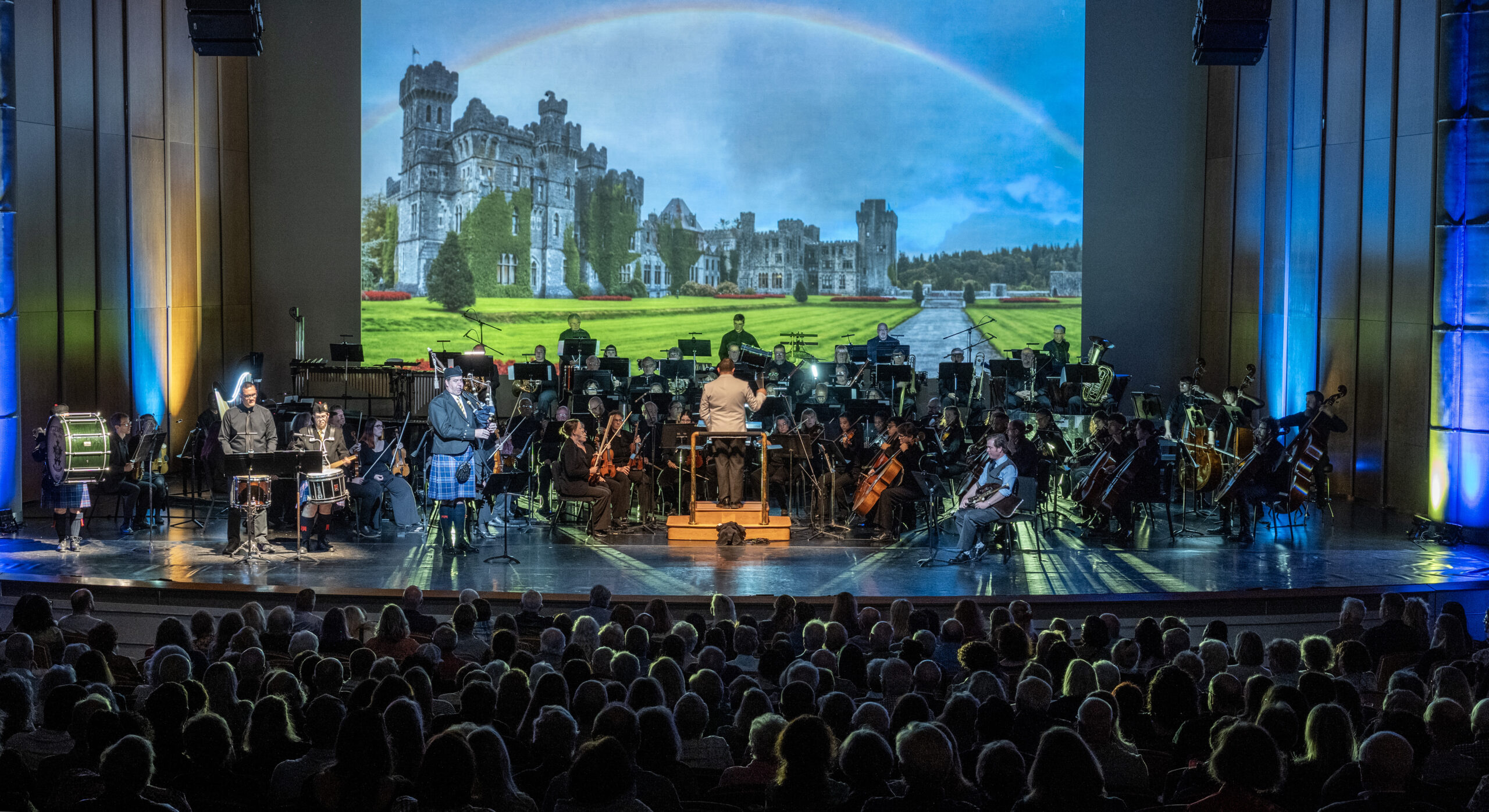 Thank you Symphonicity and Daniel W. Boothe for this spectacular performance!
Thank you Symphonicity and Daniel W. Boothe for this spectacular performance!
Tributum~Symphonicity Orchestra~Virginia Beach, VA~April 13, 2025
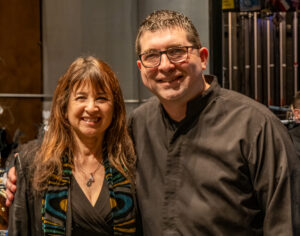 “I so enjoyed having you, meeting you and most of all, in leading our orchestra through that incredibly beautiful music of yours. Tributum was one of the finest scored pieces I have ever performed in my career. Thank you for creating it and sharing your gifts! And looking forward to learning more! We loved having you! All the best-” Daniel W. Boothe Conductor Symphonicity Orchestra, Virginia Beach, VA.
“I so enjoyed having you, meeting you and most of all, in leading our orchestra through that incredibly beautiful music of yours. Tributum was one of the finest scored pieces I have ever performed in my career. Thank you for creating it and sharing your gifts! And looking forward to learning more! We loved having you! All the best-” Daniel W. Boothe Conductor Symphonicity Orchestra, Virginia Beach, VA.


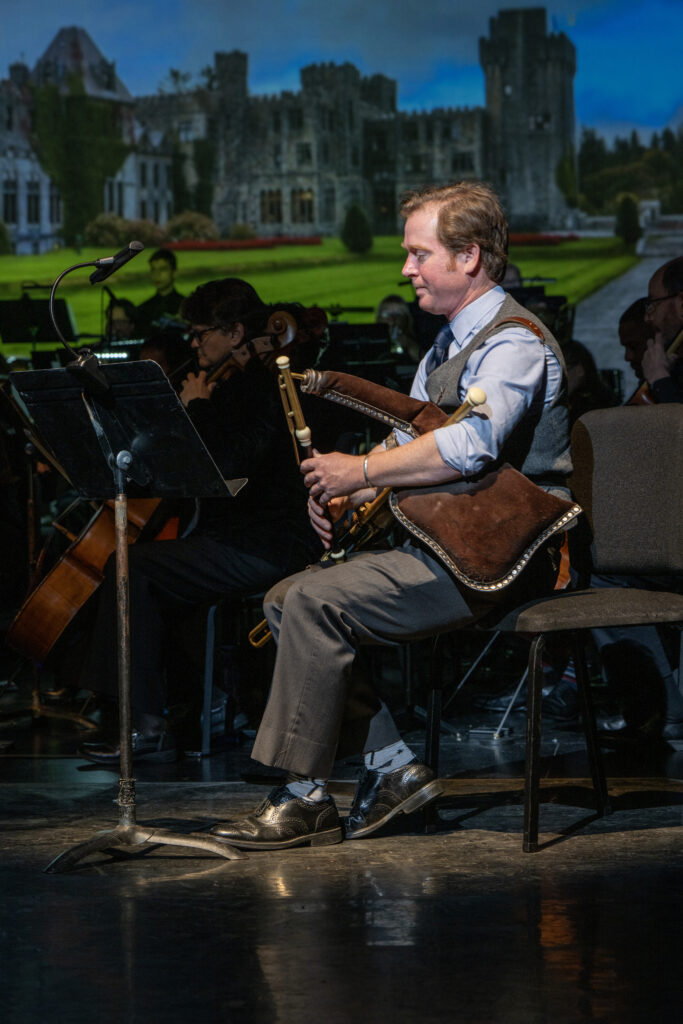 Piper Stewart Pittman and Jim Roberts on Great Highland Bagpipes.
Piper Stewart Pittman and Jim Roberts on Great Highland Bagpipes.
—and we’re closing with a celebration of culture, connection, and the spirit of community.An Irish Tribute showcased the vibrant music of Ireland, the home of our sister city, Ards and North Down Borough in Northern Ireland. With the help of our guest performers, we’ll shine a spotlight on the rhythms, melodies, and movement that have made Irish music beloved worldwide
- Tributum by Nan Avant, a powerful and moving work for full orchestra and Celtic bagpipes that honors the musical traditions of Ireland and Scotland.
- Selections from Riverdance, including fan favorites like Reel Around the Sun and Lift the Wings, performed by the award-winning dancers of Rhodes Academy of Irish Dance.A high-energy finale from Lord of the Dance by Ronan Hardiman….. more here
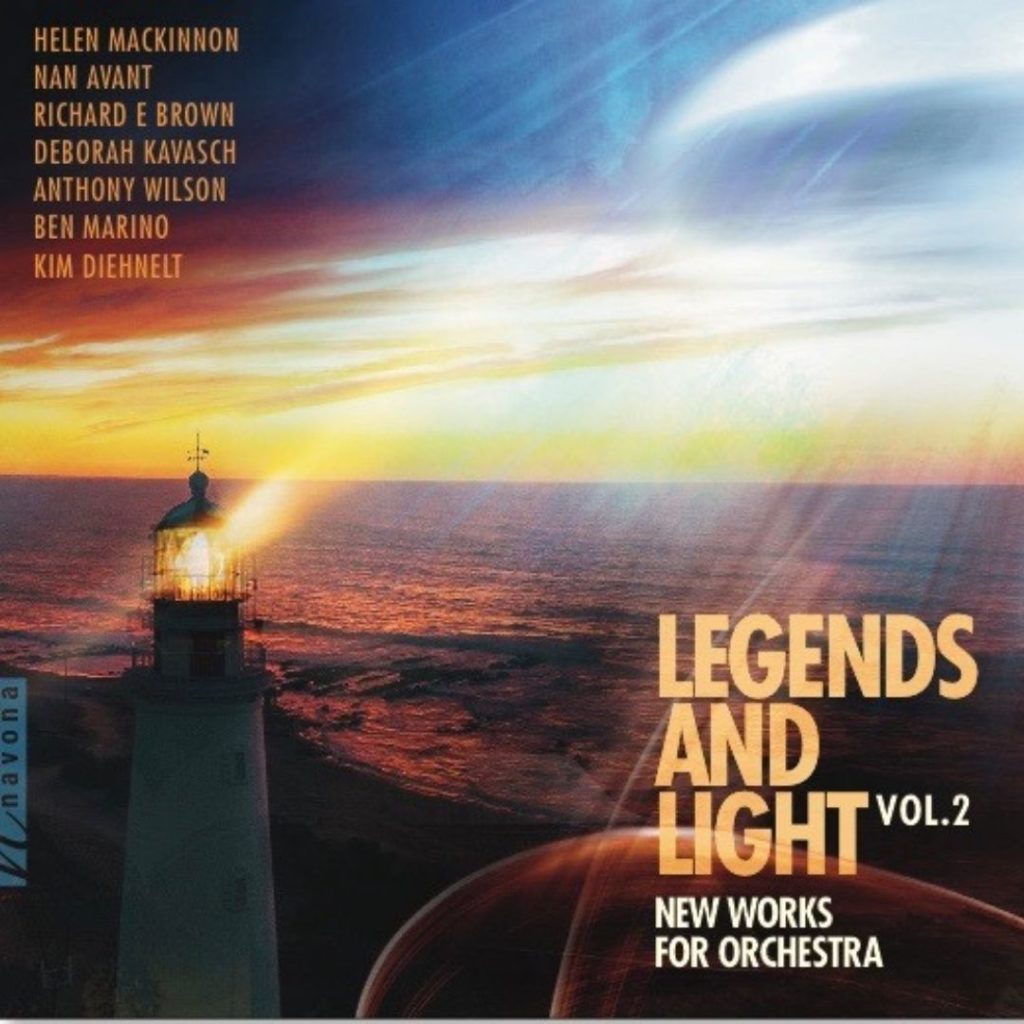 Tributum is available on Spotify, Apple, Amazon etc Here:
Tributum is available on Spotify, Apple, Amazon etc Here:
Tributum~Symphonicity Orchestra
Tributum~Symphonicity Orchestra~Virginia Beach, VA Today!
I am so excited about this concert today in Virginia Beach with Symphonicity Orchestra, Rhodes Academy of Irish Dance. and the tidewater Pipes and Drums with Daniel W. Boothe conducting! Click on the image for all details.
Symphonicity’s final Sister Cities concert of the season is here—and we’re closing with a celebration of culture, connection, and the spirit of community.
 An Irish Tribute showcases the vibrant music of Ireland, the home of our sister city, Ards and North Down Borough in Northern Ireland. With the help of our guest performers, we’ll shine a spotlight on the rhythms, melodies, and movement that have made Irish music beloved worldwide. Podcast for listening!
An Irish Tribute showcases the vibrant music of Ireland, the home of our sister city, Ards and North Down Borough in Northern Ireland. With the help of our guest performers, we’ll shine a spotlight on the rhythms, melodies, and movement that have made Irish music beloved worldwide. Podcast for listening!
The program features:
- Tributum by Nan Avant, a powerful and moving work for full orchestra and Celtic bagpipes that honors the musical traditions of Ireland and Scotland.
- Selections from Riverdance, including fan favorites like Reel Around the Sun and Lift the Wings, performed by the award-winning dancers of Rhodes Academy of Irish Dance.
- A high-energy finale from Lord of the Dance by Ronan Hardiman….. more here



